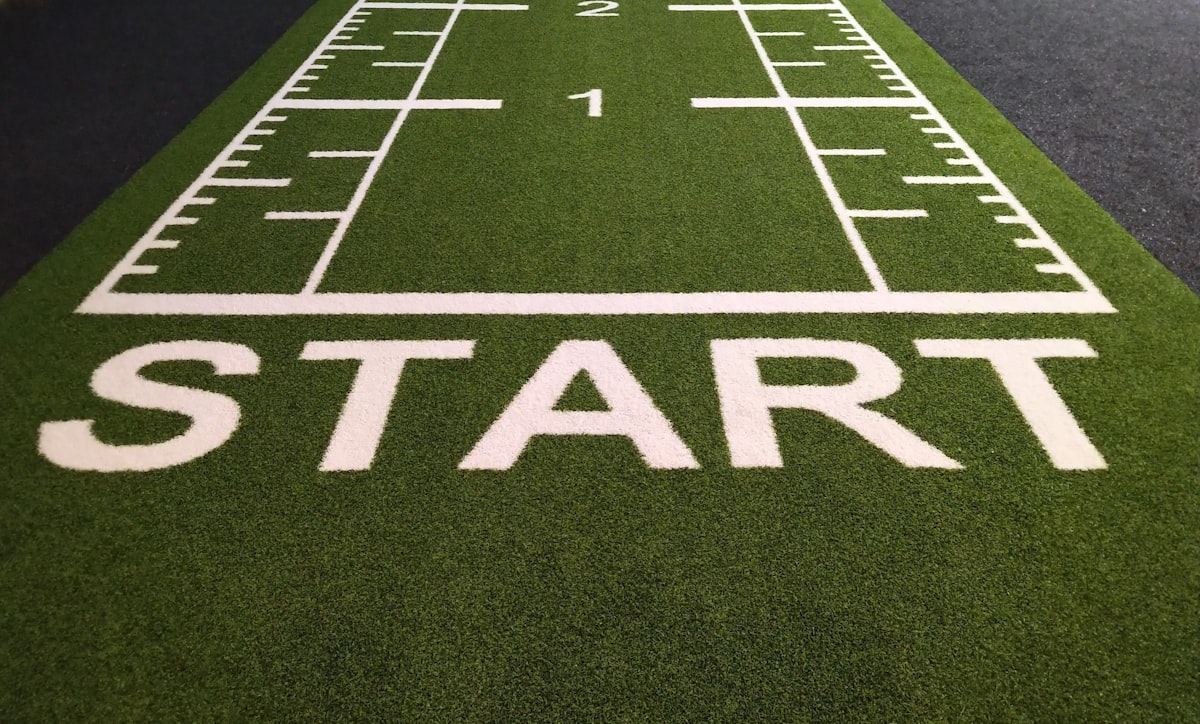Top Strategies for an Effective Start to Your Class: Enhancing Learning and Classroom Management
The first 5-10 minutes of class are crucial; they set the tone for the rest of the session. A well-structured start can greatly enhance students' learning experience and simplify classroom management.

“The opening five minutes offer us a rich opportunity to capture the attention of students and prepare them for learning They walk into our classes trailing all of the distractions of their complex lives — the many wonders of their smartphones, the arguments with roommates, the question of what to have for lunch. Their bodies may be stuck in a room with us for the required time, but their minds may be entirely elsewhere. It seems clear, then, that we should start class with a deliberate effort to bring students’ focus to the subject at hand.” -James Lang
The first 5-10 minutes of class are crucial; they set the tone for the rest of the session. A well-structured start can greatly enhance students' learning experience and simplify classroom management.
The Power of Routine
Establishing a routine is one of the most effective ways to start your class. This could be a short warm-up activity or a brief recap of the last lesson. Routines can foster student responsibility, as they know what to expect and what is expected of them at the beginning of each class.
I use Planbook to project DO NOW directions to my students. We practice entering the classroom, reading the DO NOW on the screen, and following the directions. Many teachers in my school project a Google Slide or use Classroomscreen.
Strategies for Starting Class
Several strategies could be used to start your class. "Do Now" tasks are activities that students can start as soon as they enter the classroom. These tasks usually involve reviewing questions from previous lessons or introducing new topics.
Bell work is another effective strategy. These tasks need to be completed within a certain timeframe, usually the first few minutes of class.
Opening questions can also be a great way to engage students. They could be related to the day's lesson or more general questions that encourage students to think critically.
Another option is to start with a quick retrieval activity. My favorites are Quizizz, Quizlet, Gimkit, and Blooket.
Role of Teacher in Starting Class
Once you know what you want the DO NOW routine to look like, it’s important to teach it to your students and then practice it explicitly. If you take time to practice this at the beginning of the year, it becomes a gift that keeps on giving.
Your presence as a teacher is important when starting the class. Be there to greet your students and clarify any expectations for the first few minutes of class. This could include going over the "Do Now" task, explaining the bell work, or discussing the opening questions.
I try to make the DO NOW activity something students should be able to complete quietly on their own, but they often need reminding and redirection.
20 Classroom Start-Up Ideas
- "Do Now" Tasks: Assign an activity for students to start as soon as they enter the classroom.
- Opening Questions: Pose questions about the day's lesson to engage students.
- Retrieval Activities: Start with a quick retrieval activity to jog students' memory from previous lessons.
- Warm-Up Activity: Begin with a short warm-up activity to prepare students for the lesson.
- Recap of the Last Lesson: Briefly review the last lesson to refresh students' memories.
- Preview of Today's Lesson: Give a brief overview of what will be covered in the lesson.
- Group Discussion: Start class with a group discussion on a relevant topic.
- Class Goals Review: Review the overall goals for the class and discuss progress.
- Inspirational Quote: Share an inspirational quote and discuss its relevance to the day's lesson.
- Real-world Application: Discuss a real-world application of the day's topic.
- Interactive Game: Start with an educational game introducing the day's topic.
- Current Events: Discuss a current event related to the course material.
- Brainstorming Session: Begin with a brainstorming session on a particular topic.
- Journal Entry: Have students write a journal entry related to the day's topic.
- Quick Quiz: Start with a quick quiz to test students' understanding of previous lessons.
- Student Presentation: Have a student give a presentation on a relevant topic.
- Silent Reading: Start with a silent reading period related to the course material.
- Classroom Job Assignment: Assign classroom jobs for the day/week.
- Reflection: Have students reflect on what they learned from the previous class.
- Brain Dump - Have students write down everything they remember about a topic in a certain period of time.
Use the resources below to help you build the classroom startup routine that will work best for you.
- 14 Effective Opening and Closing Routines for Teachers
- Teaching Tip: Always Start with a Power Move
- Use a Pre-Test
- Brain-Dumps
- 10 Fixes to the First 5 Minutes of Class That Make a World of Difference
- 15 Interesting Ways To Start Class Tomorrow

❤ Enjoy this Article?
🍵 Show Your Support and 🤗 Share It



